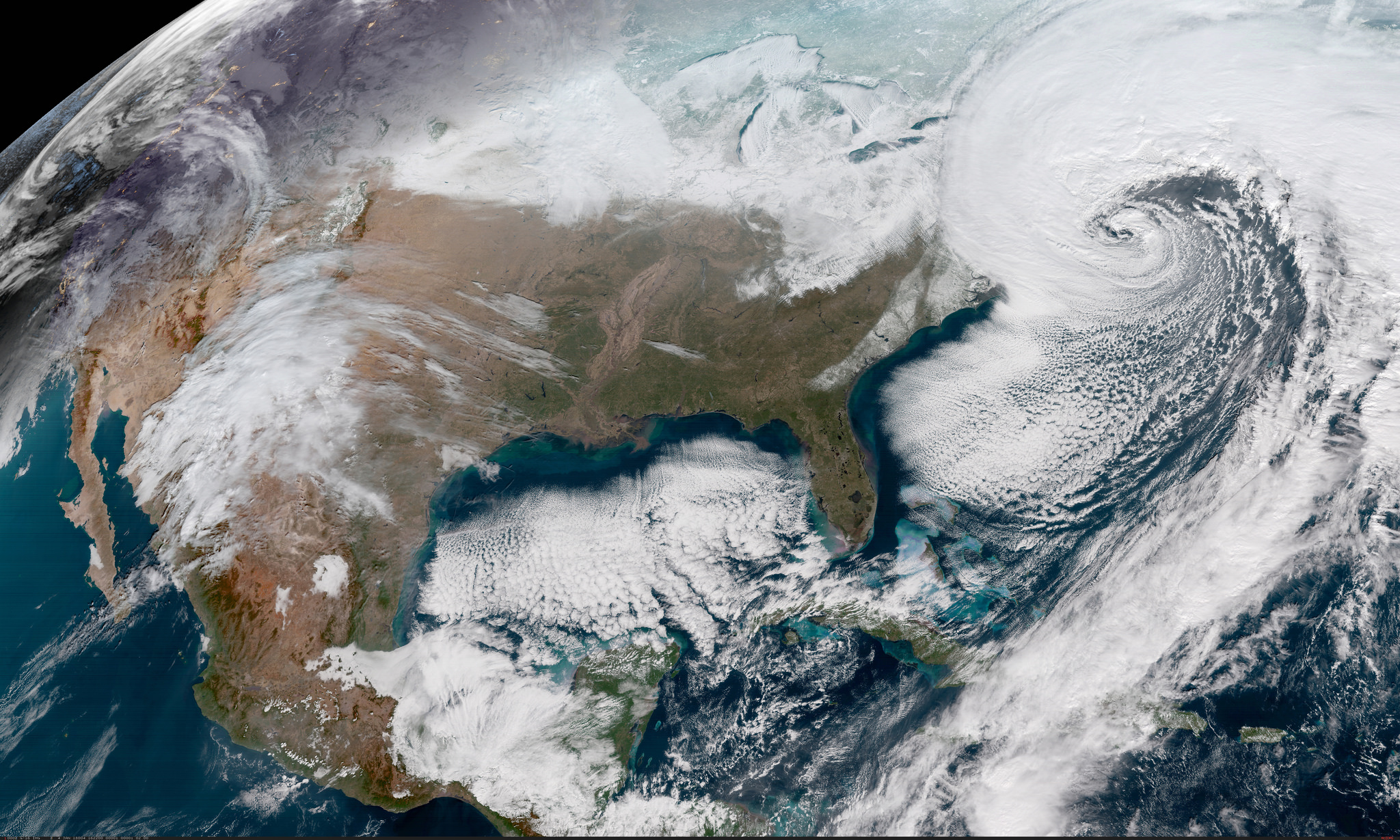

It’s been a strange year in a lot of ways, and the weather is no exception.
There was snow where it had no right to be, blistering heat in mid-winter, and Arctic sea ice was nowhere to be found. Okay, that last one isn’t that strange—it’s an inevitability of global warming—but still. It’s been a weird year the world around. Here’s a quick tour:
Ice and snow in Florida
Early January brought snowflakes to the Florida panhandle for the first time since 1989 (since 1885 if you’re just talking about January). That was courtesy of Winter Storm Grayson. Lest we forget the other southern states, Georgia got six inches of snow in some places and Charleston, South Carolina, got just over five. Predictably, everything came to a standstill as Bostonians laughed about pathetic Southerners. But as we reported earlier this year, there’s no reason for states where the low rarely gets below freezing to have the infrastructure to handle more than a flurry—and Bostonians wouldn’t be so cool in the face of the hurricanes that Floridians weather every year.
And snow in the Sahara
Not just a dusting—15 full inches in part of Algeria. The Sahara regularly gets cold enough to snow (nighttime temperatures generally fall below freezing in winter), but the humidity is typically far too low to produce precipitation (it being a desert and all). But experts pointed out that because the Sahara is so massive and there are so few weather stations in it, it may be downright common to see snow in some parts. We just have no way of knowing.
The coldest April followed by the hottest May
Sure, it was only the coldest April in the last 21 measly years, but it was the hottest May since we started keeping records. The National Weather Service has data tracking back 124 years in the continental U.S., and 2018 even beat out the Dust Bowl era. This increasing heat really shouldn’t be that shocking at this point—global warming has kept us on track to continually beat our previous records. The shift from the coldest April was what was so strange; two states even reported their coldest Aprils of all time.
A wildfire that caused a thunderstorm in Texas
The Mallard Fire in the Texas Panhandle burned so hot during the month of May that it formed a kind of cloud usually associated with volcanic eruptions. Pyrocumulus clouds form when air gets heated intensely, then cools and condenses as it rises. When this happens fast enough, it can sometimes cause storms (plus the rushing winds help fuel the fire). This one caused one-inch hail and lightning near Wheeler, Texas.
The Beast from the East
In late February, much of Europe (but especially the U.K. and Ireland) got blasted with arctic winds sweeping across central Europe to the west. The cold snap killed dozens as temperatures dropped dangerously, record-setting-ly low and snow slammed into many cities. Even Rome got some snow, where it is so rare to see flakes that they sent in the Italian Army to clean up the streets.
Yet more snow, this time in June
Newfoundland got a dousing of snow at the end of June accompanied by wind chills of 20°F. The average high that time of year is usually in the 60s. People are used to late-season snow that far north, but it’s been more than 20 years since any fell quite so late. Canadians can thank a big block of cold air sucked into a low-pressure system off the coast of Newfoundland for the snowfall during the last week of school.
And finally, those four nor’easters in a row
The Northeastern U.S. saw four winter storms in one month, and though snow in March isn’t terribly uncommon, it was a strangely stormy period. The jet stream happened to direct air down toward the coast while a block of air over the ocean prevented a shift in the wind, meaning that the area got pummeled again and again.
If it seems like there’s been a lot of snow-related weird weather, it’s not just because we’re only halfway through the year. Climate change may be making winter storms worse, or possibly more frequent, though it’s difficult to say for certain. Researchers think warming seas could contribute to more severe weather, and a few worry that rising temperatures in the Arctic could be destabilizing wind patterns and contributing to intense winter storms in the Northeast. Regardless, climate change will certainly mean more record-smashing temperatures and generally weird weather—so expect the unexpected.
